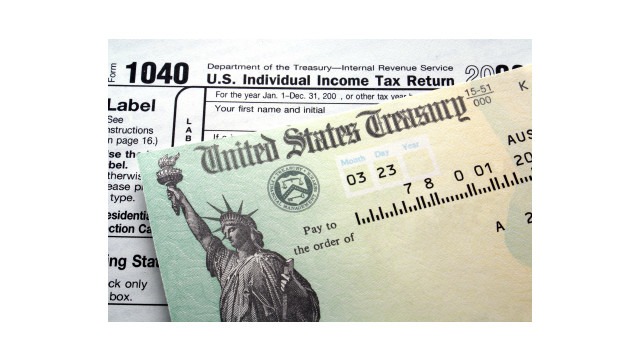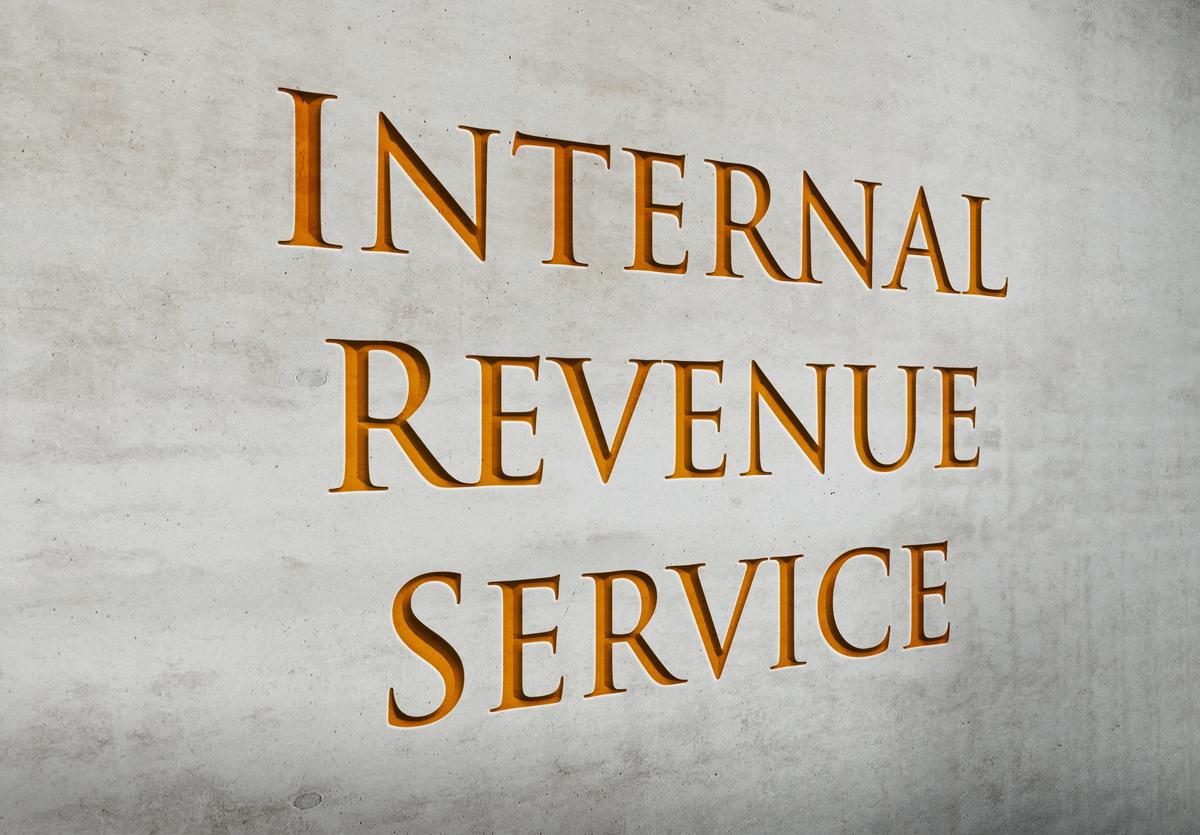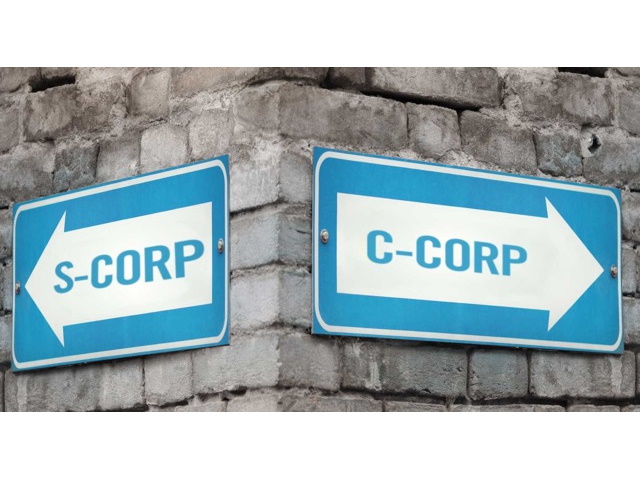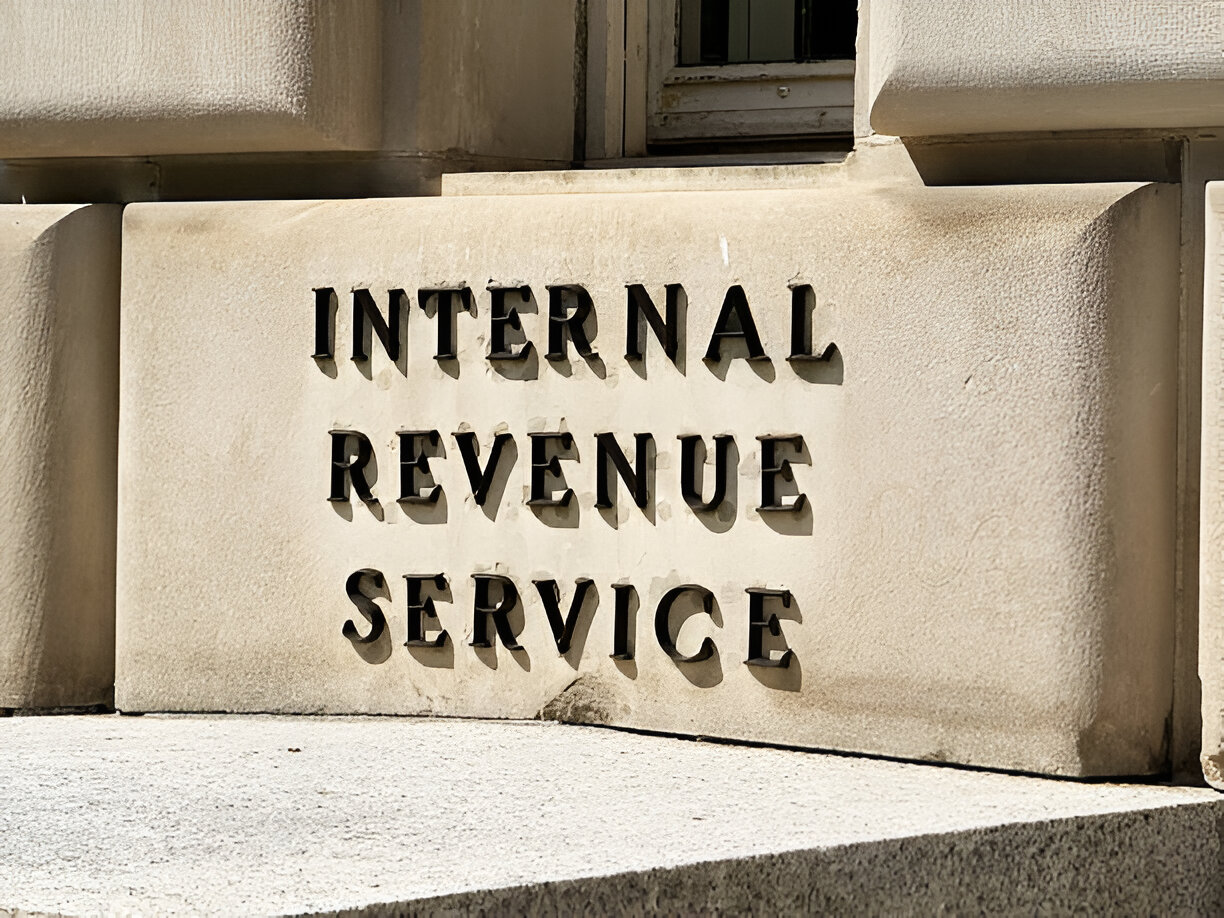[The new “extenders law” enacted late in 2015 retains several key tax provisions and makes them permanent with certain modifications. This is the third part of a series of articles on these tax breaks.]
The tax law offers some tax relief to cash-strapped parents who are paying for the cost of higher education. Notably, the biggest and best tax break available for sending a child to college is generally the American Opportunity Tax Credit (AOTC). But the tax benefits of the AOTC were scheduled to be scaled back before the credit would expire – again – after 2017.
Fortunately, the new Protecting Americans from Tax Hikes (PATH) Act of 2015 preserves the enhanced AOTC and makes it permanent. At the very least, eligible taxpayers can count on this tax credit going forward.
A taxpayer may claim the AOTC or another credit, the Lifetime Learning Credit (LLC), or a tuition deduction, but only one of these tax breaks on a tax return. With the AOTC (formerly known as the Hope Scholarship credit), the maximum credit is equal to 100% of the first $2,000 of qualified expenses, plus 25% of the next $2,000 of qualified expenses, for a total maximum credit of $2,500 per student. In comparison, the maximum LLC is $2,000 and the maximum tuition deduction, which is usually not as valuable as a credit, is $4,000.
Furthermore, the AOTC currently applies to the first four years of an eligible student’s post-secondary education. Previously, it was limited to just two years. In addition, parents can now receive up to 40% of the value of the AOTC as a refund (up to a $1,000 maximum), even if they have zero tax liability.
For this purpose, “qualified expenses” include tuition, related fees and materials such as books, supplies and equipment needed for a course of study (but not room-and-board). A computer or laptop will qualify if it is needed a condition of enrollment or attendance. An eligible student is one who:
- Is enrolled in a program leading toward a degree, certificate or other recognized post-secondary educational credential;
- Has not completed the first four years of post-secondary education as of the beginning of the tax year;
- For at least one academic period is carrying at least ½ of the normal full-time work load for the course of study the student is pursuing; and
- Has not been convicted of a felony drug offense.
However, the AOTC is phased out at relatively modest levels based on modified adjusted gross income (MAGI). The phase-out occurs between $80,000 and $90,000 of MAGI for single filers and $160,000 of $180,000 for joint filers. Once you exceed the upper threshold, no credit is allowed.
In the past, the AOTC has been grouped with various other tax provisions that have a short shelf life before Congress is forced to extend them again. The latest version of the AOTC was scheduled to revert to a maximum credit of only $1,800 in 2017 with even lower phaseout thresholds before expiring completely in 2018.
Now parents won’t have to worry about this issue any longer. The PATH Act retains the enhanced AOTC permanently, so clients with college-bound children can plan ahead with greater certainty. Inform them of these changes and develop a plan for maximizing the tax benefits that will be available in the future.
Thanks for reading CPA Practice Advisor!
Subscribe Already registered? Log In
Need more information? Read the FAQs
Tags: Income Taxes



